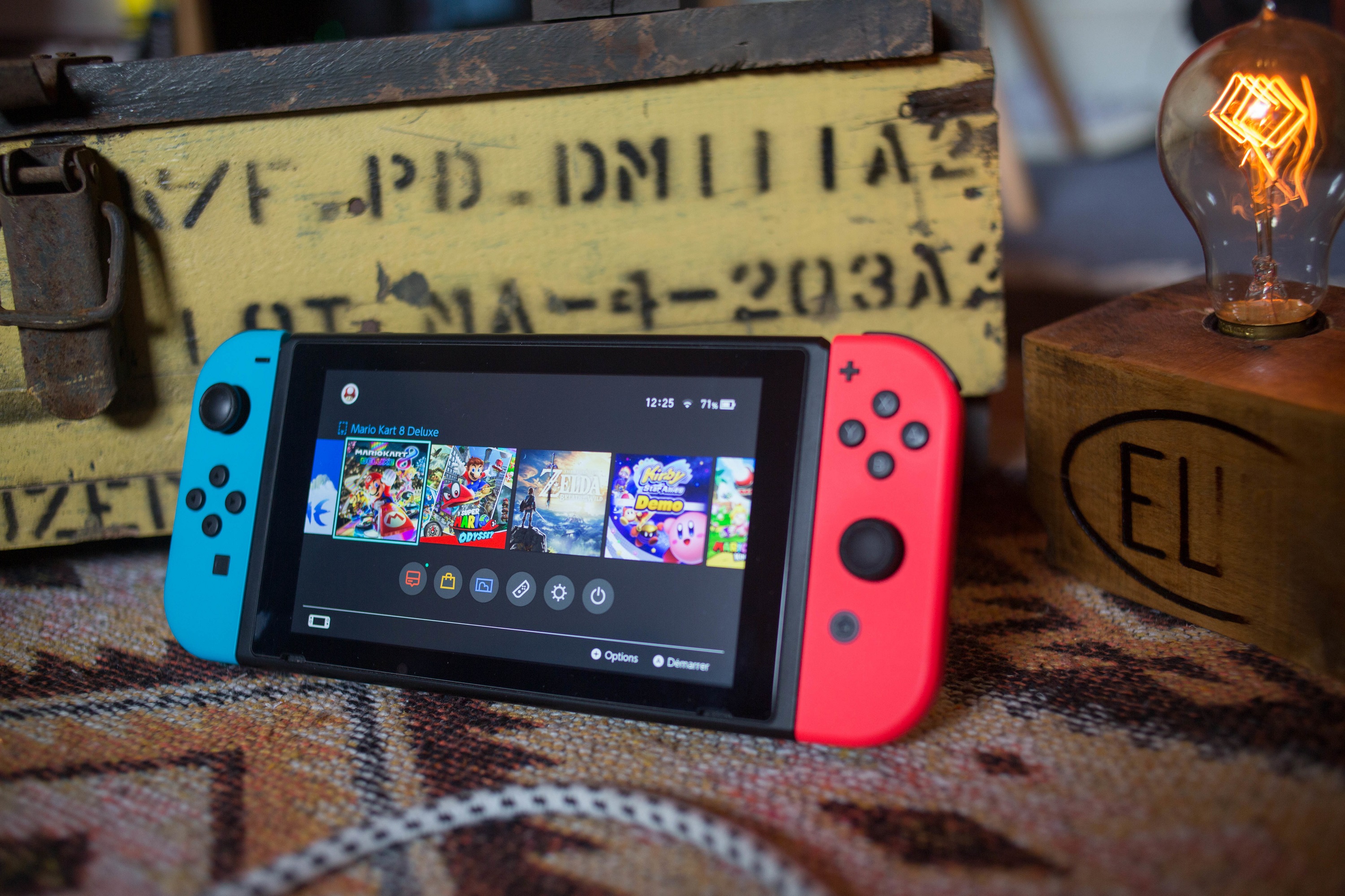Nintendo Switch Pro leak appears to confirm 4K console — but raises more questions
Nintendo update mentions 4K support

Nintendo might have revealed some juicy details about the next generation Nintedo Switch Pro (or maybe just Switch 2). There’s been much speculation about the next console getting 4K support, but a tweet suggests that code has started to appear in updates which confirms some of the details.
In firmware version 12 there are two clues that point to the Switch Pro getting some exciting tech. The first is a line which refers to the new Cradle Aula (apparently the new dock’s codename) and its ability to take a firmware update. That would mean that the new Switch dock will be doing some form of advanced processing, rather than simply being a stand with ports, which is what the current dock is.
- The best Nintendo Switch games right now
- Best Nintendo Switch accessories: See our top picks
- Plus: Halo: The Master Chief Collection supports mouse and keyboard on Xbox
WinFuture points out that a second line is also of interest, namely: “4kdp_preferred_over_usb30” which internet sleuths have taken to mean 4K DisplayPort over USB 3.0. Why Nintendo would use DisplayPort instead of HDMI remains to be seen, but DP could equally mean something else entirely.
[Nintendo Switch Firmware Update]About my earlier tweet about update 12.0.0 being able to upgrade the dock firmware...There is also this setting: "is_crda_fw_update_supported""CrdA" = Cradle (Dock) for Aula. Aula is the codename for the new model.(Thanks to @hexkyz!) https://t.co/USSPCbG20q pic.twitter.com/gwsOZdmg6bApril 6, 2021
It looks like the Switch Pro may end being quite similar to the original device in how it operates. Out of the dock it could be a 720p games console with an improved OLED screen. Once docked it seem likely it will offer some sort of 4K option, although it may be upscaled.
The two options could be that the dock itself contains either a more-powerful GPU, which the Switch uses when it’s being connected to a TV or, the more likely option, that Nvidia is providing some sort of bespoke hardware that can get the dock running its DLSS technology. Given Nvidia’s involvement with the first Switch, it’s quite likely the new model will follow a similar route.
Deep Learning Super Sampling, or DLSS takes a lower resolution signal and applies machine learning to the output to make it look like it was rendered at 4K. Results on the best gaming PCs with Nvidia GPUs produce impressive results using DLSS, but the technology needs to be built-in to games, it can’t simply be applied to anything.
The additional complication is that DLSS happens in the GPU, using the Tensor cores. It takes place in the graphics pipeline, not after it, so upscaling the output from DisplayPort wouldn’t yield the same results. So the Switch Pro would either need to have a quite powerful GPU built in, or have a secondary GPU in the dock, which would be active when the console was plugged in. That would get expensive, and there’s no suggestion that Thunderbolt, which would be needed, is part of the spec.
Sign up to get the BEST of Tom's Guide direct to your inbox.
Get instant access to breaking news, the hottest reviews, great deals and helpful tips.
Bearing in mind that Nintendo has a long history of preferring games, especially first-party titles, run at 60fps, the likelihood of a portable console being able to achieve that without some extra help is fairly small.
Ian has been involved in technology journalism since 2007, originally writing about AV hardware back when LCDs and plasma TVs were just gaining popularity. Nearly 15 years on, he remains as excited as ever about how tech can make your life better. Ian is the editor of T3.com but has also regularly contributed to Tom's Guide.
